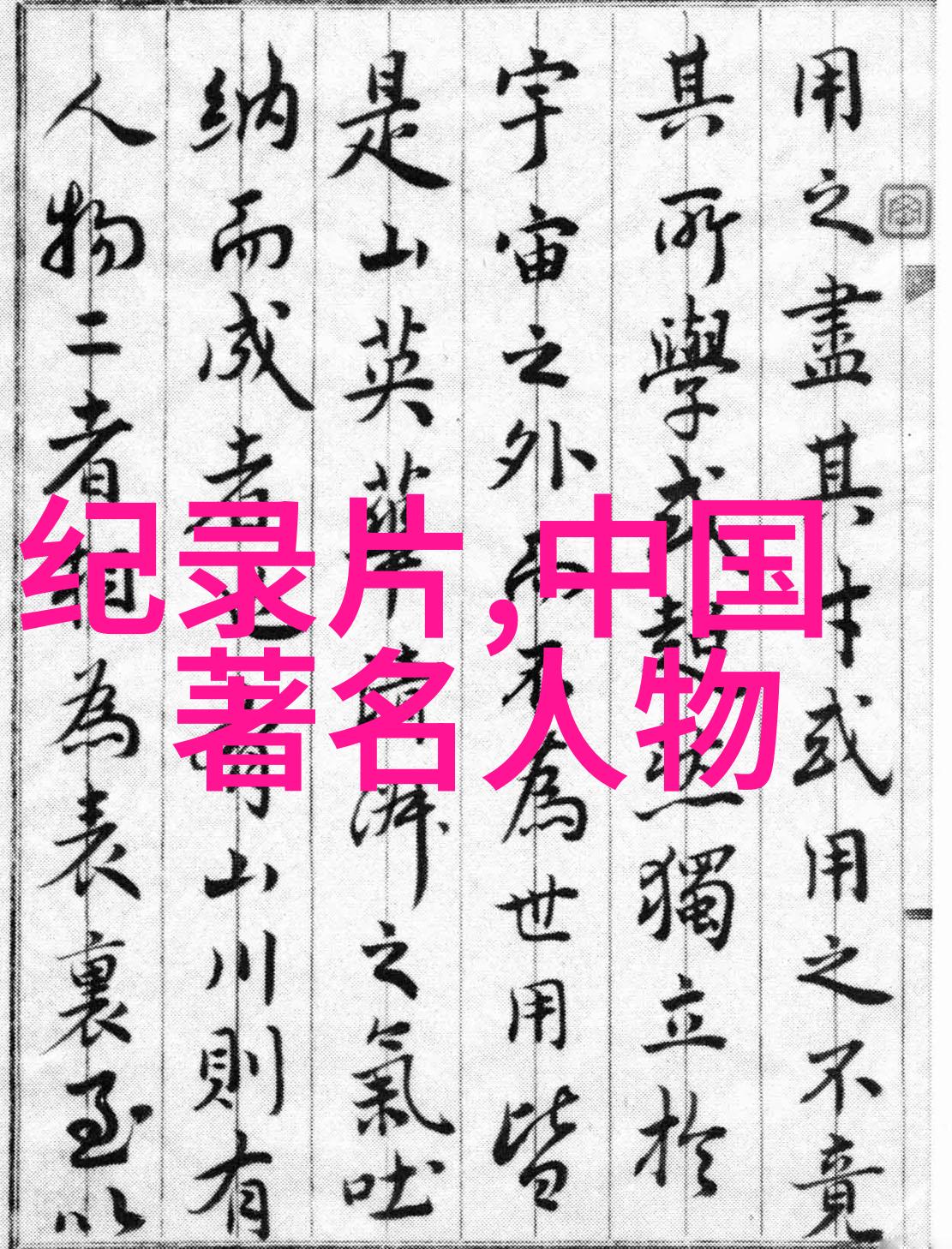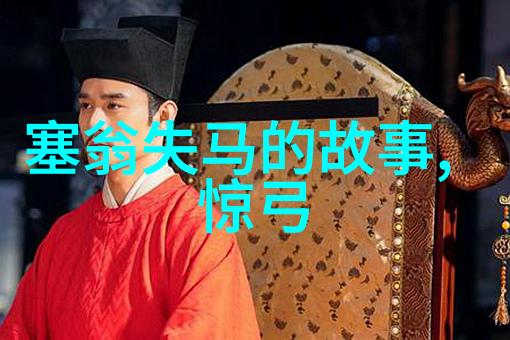What factors contributed to the fall of the Ming D
What factors contributed to the fall of the Ming Dynasty, marking its end as rulers?

The Ming Dynasty was a significant period in Chinese history, lasting from 1368 to 1644. It is often referred to as the golden age of Chinese art and culture. However, this dynasty came to an abrupt end with the conquest by the Manchu people and their establishment of the Qing Dynasty. There were several factors that led to the decline and eventual collapse of the Ming.
One major factor was internal strife within China itself. The Ming government faced numerous challenges from corrupt officials who exploited their power for personal gain, leading to widespread discontent among citizens. This corruption also weakened central authority and made it difficult for effective governance.

Another factor contributing to the fall of Ming was external threats such as invasions from neighboring countries like Mongolia and Japan. These invasions placed immense pressure on China's military resources, which were already strained due to internal conflicts.
Moreover, natural disasters played a role in weakening China's economy during this period. A series of droughts in southern provinces caused crop failures while floods damaged infrastructure in other regions resulting in severe economic hardship for many people.

Furthermore, social unrest also plagued China during this time with peasant uprisings becoming increasingly common due mainly because peasants were suffering under heavy taxes imposed by local governments or bandits preying on them when they tried farming land without proper protection from authorities.
In conclusion while there are multiple reasons behind why it fell into disarray but most importantly these include internal corruption conflict with foreign powers economic crisis environmental disaster social unrest amongst others so we can understand how complex historical events are shaped through various interconnected factors not just one single event alone




